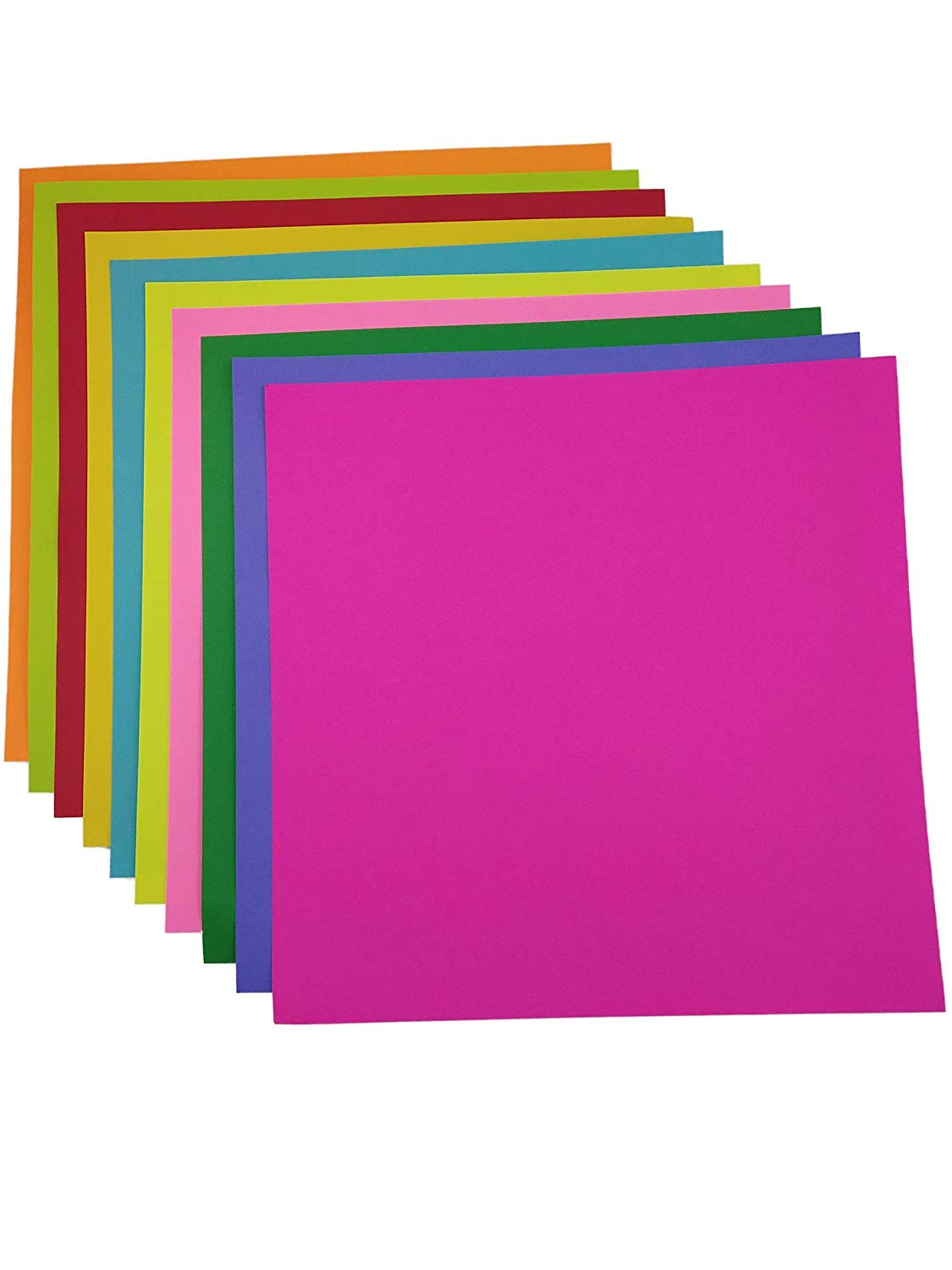Basic Folding Techniques
Basic folding techniques form the foundation of traditional origami paper folding. These techniques are essential for beginners and serve as building blocks for more complex folds. Some fundamental folding techniques include:
1. Valley Fold: Folding the paper inward along a line to create a “V” shape.
2. Mountain Fold: Folding the paper outward along a line to create an inverted “V” shape.
3. Squash Fold: Flattening a folded paper by opening it and then pressing it flat.
4. Reverse Fold: Folding a portion of the paper so that it is turned inside out.
These basic techniques provide a starting point for beginners to explore the world of origami and develop their skills in mastering more intricate folds.
Traditional Origami Styles
Traditional origami encompasses various styles, each with its own characteristic techniques and aesthetics. Some notable traditional origami styles include:
1. Classic Single-Sheet Origami: This style involves folding a single sheet of paper into various shapes and forms. Models created in this style often emphasize simplicity, elegance, and the use of basic folding techniques.
2. Modular Origami: Modular origami involves folding multiple individual units and then assembling them together to create larger, more intricate structures. The units can be identical or interlocking, allowing artists to create complex geometric patterns and three-dimensional designs.
3. Action Origami: Action origami focuses on creating models that have moving parts or perform actions when manipulated. These models include flapping birds, jumping frogs, or spinning tops, adding an interactive element to traditional paper folding.
4. Wet-Folding: Wet-folding is a technique developed by origami master Akira Yoshizawa. It involves dampening the paper before folding, which allows for more sculptural and organic shapes. Wet-folding is often used to create models that require curved, flowing lines.
Crease Patterns and Diagrams
Crease patterns and diagrams are essential tools for understanding and replicating complex origami models. Crease patterns are diagrams that depict the crease lines and folds necessary to create a specific origami design. They provide a visual guide for the placement and alignment of folds, allowing artists to recreate intricate models accurately.
Diagrams, on the other hand, are step-by-step instructions that explain the folding process in a sequential manner. These instructions include illustrations or photographs of each fold, making them easier to follow, especially for beginners. Crease patterns and diagrams are invaluable resources for origami enthusiasts, enabling them to explore and create intricate designs beyond the traditional folds.
Creative Adaptations and Modifications
Traditional origami techniques serve as a launching pad for creativity and innovation. Artists often experiment with modifications and adaptations to traditional folds, pushing the boundaries of what is possible in origami. Through these creative adaptations, artists can introduce new shapes, textures, and forms into their origami models, adding a personal touch to their creations.
Artists may combine different folding techniques, introduce additional creases, or modify the proportions of the paper to create unique variations of traditional models. These adaptations and modifications allow for individual expression and the exploration of new aesthetic possibilities in origami.
In conclusion, the art of traditional origami paper folding encompasses a variety of techniques, styles, and creative opportunities. From mastering basic folding techniques to exploring traditional styles and adapting them to personal creativity, artists can immerse themselves in a world of endless possibilities. Crease patterns, diagrams, and modifications further enhance the artistic journey, providing guidance and inspiration for origami enthusiasts to create intricate and imaginative folded models. As artists delve into the art of traditional origami paper folding, they embark on a captivating and rewarding path of self-expression through the medium of paper.










